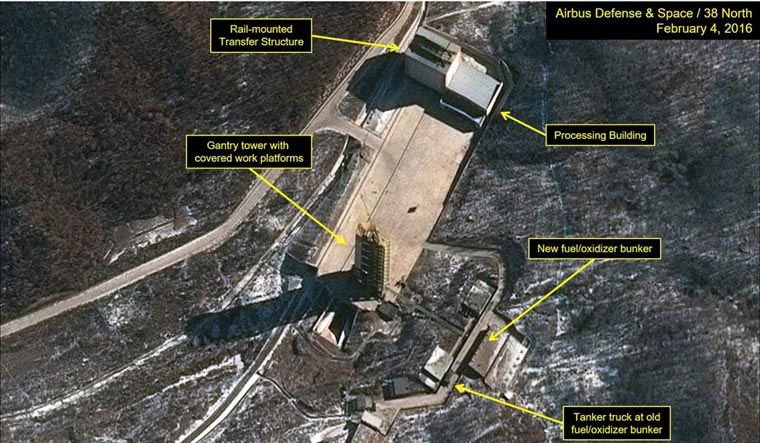This story was first published in THE WEEK issue dated May 24, 1998
The American spies in the sky were thought to be infallible until Pokhran exploded this myth. The satellites, some of which cost more than $1 billion, take pictures with high-resolution cameras and eavesdrop on telecommunications with electronic ears. But they do what their human masters tell them, and they failed to focus on what was really occurring in the Indian desert.
Apparently, the spy satellites missed the clues. They were looking, but not closely enough to see clearly. The Indians disguised the activities, and sandstorms, a regular feature in the desert in summer, obscured the site.
In fact, it takes decisions by policy-makers and millions of dollars a day to adjust the satellites' orbits, so that they can focus intently 24 hours a day on a target.
"American spy satellites such as the 'Big Bird' have existed since a very long time. In fact, all their spy satellites are derivatives of this," U.R. Rao, member of the Space Commission, told THE WEEK.
According to him, the gap between spy satellites and civilian satellites is fast closing, thanks to improved resolution and improved technology. "For instance, the Indian civilian satellites match the American spy satellites and can capture imagery at a resolution of six metres. In another few years, we will be able to improve our satellites' resolution to around one metre."
Beating a spy satellite is a competition between technology development and the ingenuity of the scientists. It is possible to compute which particular region the satellite passes at a given period.
"The spy satellites usually look for appropriate signatures or telltale signs that indicate something unusual. So the fundamental thing in avoiding the probing eyes of a spy satellite in the case of a nuclear experiment like ours was to maintain utmost secrecy and ensure minimal activity in the explosion site," said Rao. "What would have been important for the US was to detect the actual activity underground. But one thing, because of constant manoeuvres, the life of these satellites is short."
This article is part of a series from THE WEEK on the 20th anniversary of the Pokhran-2 nuclear tests undertaken by the government of Atal Behari Vajpayee. The Pokhran-2 tests—which saw India test 5 nuclear weapons at Pokhran, Rajasthan on May 11 and 13, 1988—led to India declaring itself as a nuclear weapons state. This series covers archival materials on how THE WEEK covered the Pokhran tests in 1998, the preparedness of India's military in a nuclear age and the threat of terrorists getting their hands on 'dirty bombs'.


